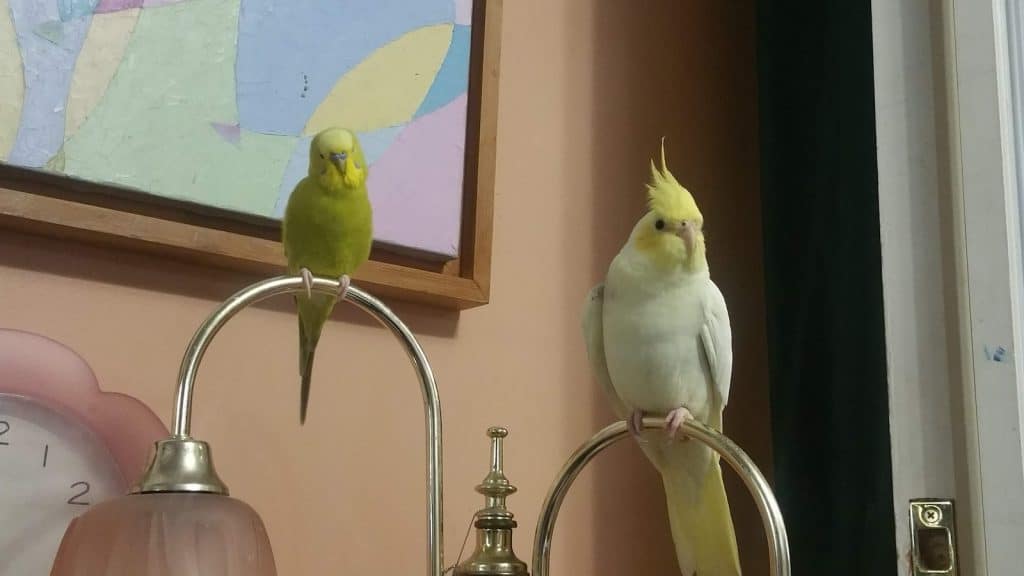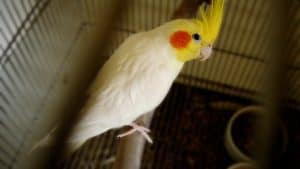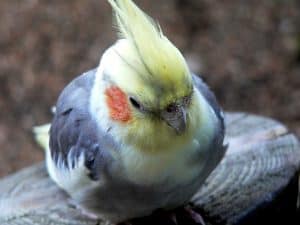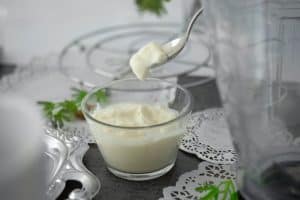Pet birds are delightful companions that bring joy and entertainment into our homes. However, pet birds can also be curious and mischievous, and they may try to explore parts of the house that are not bird-friendly. This can lead to accidents, injuries, and even death, especially if birds come into contact with toxic substances or dangerous objects.
To ensure the safety of your feathered friends, it’s essential to bird-proof your home, including the rooms where you keep your birds. In this blog post, we’ll provide tips on how to bird-proof a room, so you can rest assured that your pet birds are safe and happy.
How to Bird Proof a Room

If you’re planning to keep pet birds in a room, here are some tips for bird-proofing it:
Assess the Risk
Before you start bird-proofing a room, it’s essential to assess the risk factors that may attract birds inside. For example, birds may be lured by food or water sources, such as uncovered dishes, bowls, or sinks. Birds may also be attracted to shiny objects, such as jewelry, mirrors, or glass ornaments. Additionally, birds may be curious about scented candles, air fresheners, or heated potpourri pots. It’s essential to keep these items out of reach of birds and to make sure that they are not emitting any toxic fumes or chemicals that can harm birds.
Identify the Type of Birds That Are Likely to Be Found in the Area
It’s also crucial to identify the type of birds that may be found in your area or your home. If you have companion birds, you’ll need to make sure that they are separated from wild birds or other pets that may pose a threat to their safety. Some birds are social and enjoy the company of other birds, while others prefer to be alone. If you have multiple birds, it’s important to provide them with enough space and resources, such as perches, toys, and food bowls, to prevent conflicts and fights. Additionally, if you have pet birds with clipped wings, you’ll need to make sure that they are unable to fly into dangerous areas or objects.
Seal Off Entry Points
Once you’ve identified the potential risk factors, it’s time to seal off the entry points that birds may use to enter a room. This may involve blocking or covering windows, doors, and any other openings that birds can access. For example, you can install mesh screens over windows or use weather stripping to seal gaps around doors. You can also block any openings in walls or ceilings that lead to other rooms or outside areas. Be sure to check for any loose bird cages, as birds can escape easily through gaps or doors that don’t latch securely. Additionally, make sure that your bird’s cage is properly secured and cannot be knocked over by other pets or humans.
Use Bird Deterrents
Another effective way to bird-proof a room is to use bird deterrents that can discourage birds from entering or exploring. Some common bird deterrents include decoys, scare tapes, and predator replicas. Decoys can be used to create a visual barrier that birds can’t pass through, while scare tapes and predator replicas can mimic natural predators and scare birds away. You can also use scent deterrents, such as essential oils or herbs that birds find unpleasant or repulsive. Be sure to choose safe and non-toxic deterrents that won’t harm birds or other pets in the room.
Create a Bird-Friendly Environment
While bird-proofing a room is essential for keeping pet birds safe, it’s also important to provide them with a comfortable and stimulating environment where they can thrive. You can create a bird-friendly environment by providing your birds with ample space, natural light, fresh air, and a variety of toys and perches to keep them active and engaged.
Be sure to provide your birds with access to clean water and a healthy diet, as well as safe and non-toxic plants that they can interact with. Some safe plants for birds include spider plants, bamboo, and African violet. However, be sure to research and avoid any plants that are toxic to birds, such as lilies, ivy, and philodendrons.
Remove Hazards and Dangerous Objects

To ensure that your bird’s environment is safe and bird-proofed, you’ll need to remove any hazards or dangerous objects that could harm them. This may involve moving or securing household items, such as cleaning products, electrical cords, sharp objects, or toxic materials, out of reach of birds.
Be sure to keep bird cages away from areas that may expose them to harmful fumes, such as the kitchen or laundry room. If you have other pets, such as cats or dogs, be sure to supervise their interactions with birds and keep litter boxes and food bowls out of reach. You can also consider using bird-safe cleaning products, such as vinegar or baking soda, instead of harsh chemicals that can harm birds.
Be Aware of Toxic Substances
Birds are particularly vulnerable to toxic substances, and exposure to even small amounts of toxins can be fatal. Some common toxic substances that birds should avoid include toxic fumes, toxic houseplants, toxic foods, and chemicals found in household products. For example, birds should avoid inhaling fumes from self-cleaning ovens, oven cleaners, paint thinner, wood stains, or weed killers.
Additionally, birds should avoid contact with toxic houseplants, such as azaleas, daffodils, or lilies, which can cause serious health problems or death. Be sure to research and avoid any toxic substances that could harm your pet bird, and consult with an avian vet or a specialist in veterinary medicine if you have any concerns. These are some of the factors that can kill birds.
Install Carbon Monoxide Detectors and Alarms
Carbon monoxide is a colorless and odorless gas that can be deadly to birds and humans alike. Carbon monoxide can be emitted from faulty appliances, such as wood stoves, heaters, or gas ranges, and can accumulate quickly in a closed room. To prevent carbon monoxide poisoning, it’s essential to install carbon monoxide detectors and alarms in every room where you keep your birds. Additionally, be sure to check your appliances regularly and to avoid using any electrical tools or materials that can emit dangerous fumes or heavy metals.
Final Thoughts: How to Bird Proof a Room
Keeping pet birds safe and happy requires a combination of bird-proofing, environmental enrichment, and awareness of potential hazards and risks. By following the tips outlined in this blog post, you can create a safe and comfortable environment for your pet birds, whether they live in a dedicated bird room or share the same room with you.
Remember to seal off entry points, use bird deterrents, remove hazards and dangerous objects, be aware of toxic substances, and install carbon monoxide detectors and alarms. By taking these precautions, you can ensure that your pet birds live long and healthy lives as part of your family.



